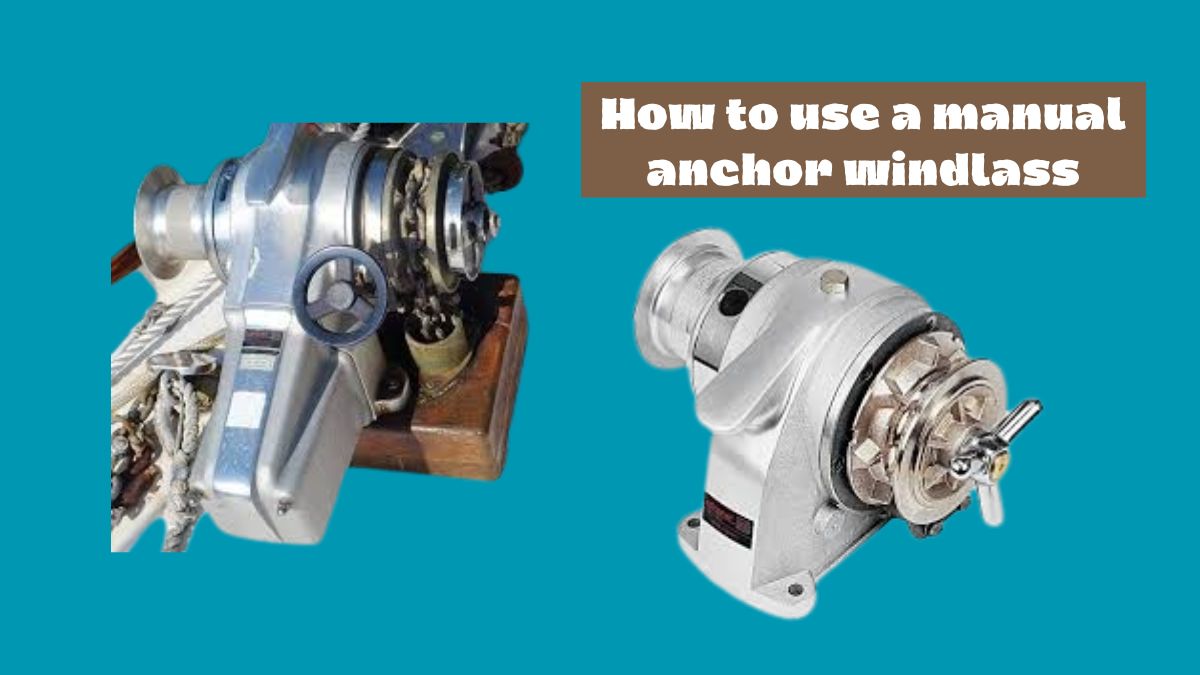
How to use a manual anchor windlass
It is essential to know how to use a manual anchor windlass . This is an essential skill for boaters and mariners alike, allowing them to deploy and recover the anchor safely and easily. In this direction, we will deliver step-by-step instructions on how to actually use a manual anchor windshield. Everything from preparation to ensuring the anchor will be protected. By observing the guidelines, boaters can guide with confidence.
How to use a manual anchor windlass
How to use a manual anchor windlass will be discussed directly. Such as
- Preparation
- Positioning
- Engagement
- Operation
- Securing
- Testing
- Final Steps

1. Preparation
Preparation is crucial before using a manual commentator windlass. It involves providing that both the anchor and the windlass agency are ready for function.
secure attachment
Before placing the anchor, make sure it is firmly connected to the boat’s anchor chain or cord. In this the reference point of the commentator should be limited. And ensuring it is adequately connected to prevent any unforeseen breakdowns while at sea.
Mechanism check
Confirm that the windlass means is in optimal working order. This will include checking details such as drums, gears and holds. So as to check for any signs of damage, wear or corrosion. Also, proper lubrication will check to provide smooth process during use.
By thoroughly training both the commentator and the windlass mechanism, the risk can be minimized. and can provide a safe and efficient anchoring method.
2. Positioning is most important
safe location
Stand in a secure and relaxed position near the windlass, usually on the projection of the boat. This will permit easy entry to windlass controls and supply a clear view of the anchoring function. Make sure your feet are stable to stop any mishaps. Especially in rough sea states.
Barrier-free area
Before using the windlass, the surrounding area should be monitored. To ensure that there are no obstructions. Which may slow the anchoring process. Can even create safety risks. Clear any debris, ropes or other things around the windlass area to avoid entanglement or interference during process.
Place yourself in a safe and open location. An actually manual anchor windlass can be used with certainty. Can reduce the risk of mishaps and provide a smooth anchoring method.
3. Engagement
Brake release
Start by removing the brake or closing mechanism on the windlass. This will permit the anchor chain to drive freely through the windlass mechanism during deployment or recovery.
Manual Pooling
As soon as the brake is removed, grab the anchor chain. Also start removing it manually towards the windlass. This initial manual pull will help get the anchor within distance of the windlass means. This will make it more comfortable to deploy and handle.
Removing the brake and manually pulling the anchor chain or rope towards the windlass. Providing a managed and efficient anchoring method can set the scene for smooth functions.
4. Operation
The function of a manual anchorperson windlass involves several key steps to effectively set or retrieve the anchor. That is
Turn the handle
Start by rotating the windlass handle clockwise. This step starts the winding operation. The anchor will pull the chain or rope over the drum of the windlass.
Static pressure
The hold will apply constant and even stress as it is turned. This will help keep control over the process process. Provides that the commentator chain or rope is spooled smoothly and evenly on the drum.
Continued cranking
The hold will resume to crank until the anchor contacts the preferred height or until it is safely stored. This will vary relying on the water depth and specific anchoring needs of the position.
These actions will be observed during the process of the manual anchor windlass. Actually deploy or recover the anchor with exactness and management ensuring a safe and safe anchoring technique
5. Securing
Attaching the anchor is an important step during navigation. And to make sure it remains in place.
Once the anchor is fully extended and connected, it’s time to secure it in place. Add a brake or closing mechanism to the windlass. This will contain the anchor from living unintentionally dropped during navigation. This confirms that it is kept safe until required again.
Shall ensure the brake or closing mechanism. It will help improve the safety and peace of your plate while you guide the water.
6. Testing
Sampling anchors and windlass ensures their functionality and willingness for use.
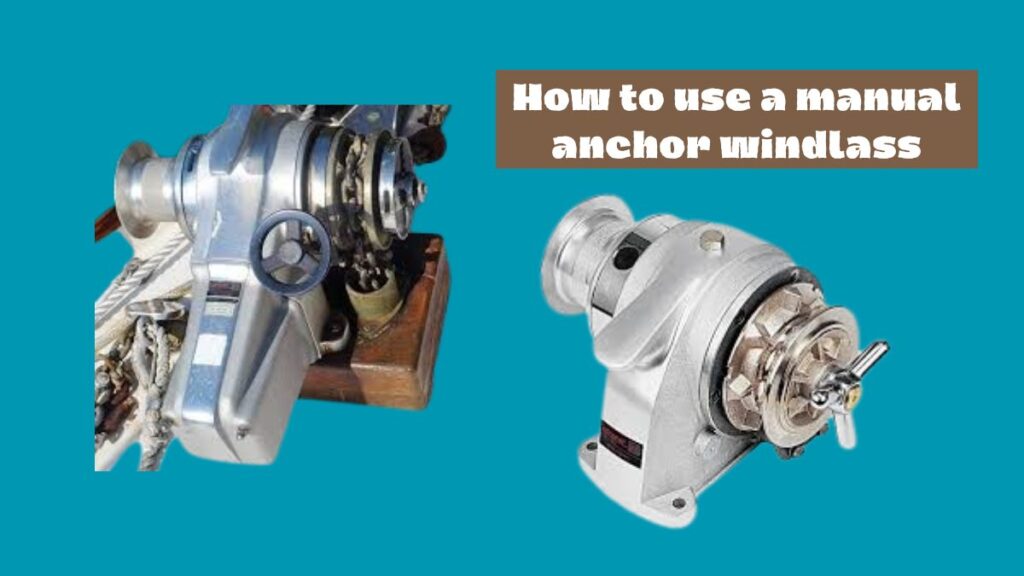
Anchor inspection
It will double-check that the anchor is securely set. Make sure it is properly secured and placed for navigation. That there are no signs of slippage or loose connections.
Windlass verification
Check the arrangement of the brake or closing mechanism. That the windlass is correctly locked. Also to be checked further there are no symptoms of malfunction or injury to the components of the windlass.
Effective testing
The windlass will try the rope by using gentle coercion to the anchor. This helps to confirm that the windlass is having the anchor securely. And there are no random movements or problems with the operation.
Will perform these tests. You can count the reliability of both the anchor and the windshield. This will guarantee that they are prepared to perform effectively if required during the trip.
7. Final Steps
After connecting the anchor and windlass, time should be taken to clean and lubricate the windlass means. Will remove any residue or salt residue collected during process. Apply lubricant to shifting parts to provide smooth operation. Such routine maintenance will help extend the life of the windshield.
Keep the windlass control in a safe place for coming use. This will stop it from being lost or damaged. and will ensure quick entry if needed for anchoring or healing.
In conclusion
Ability in the use of a manual anchor windlass is very important for safe and efficient anchoring. Will observe proper guidelines from positioning to final maintenance. Boaters will ensure reliable anchoring functions. Routine care and attention will extend the life of the tools. Will contribute to smooth navigation and improved safety in water. Thank you for reading our How to use a manual anchor windlass article.
Faqs
What is signified by manual anchor windlass?
A manual anchor windlass is a automated device. It is used to manually set and recover anchors on boats. Usually used by a hand crank.
How do I use a manual anchor windlass?
To use a manual anchor windlass, the brake must be removed. Crank the handle clockwise to set or recover the anchor, attach the brake and perform regular maintenance.






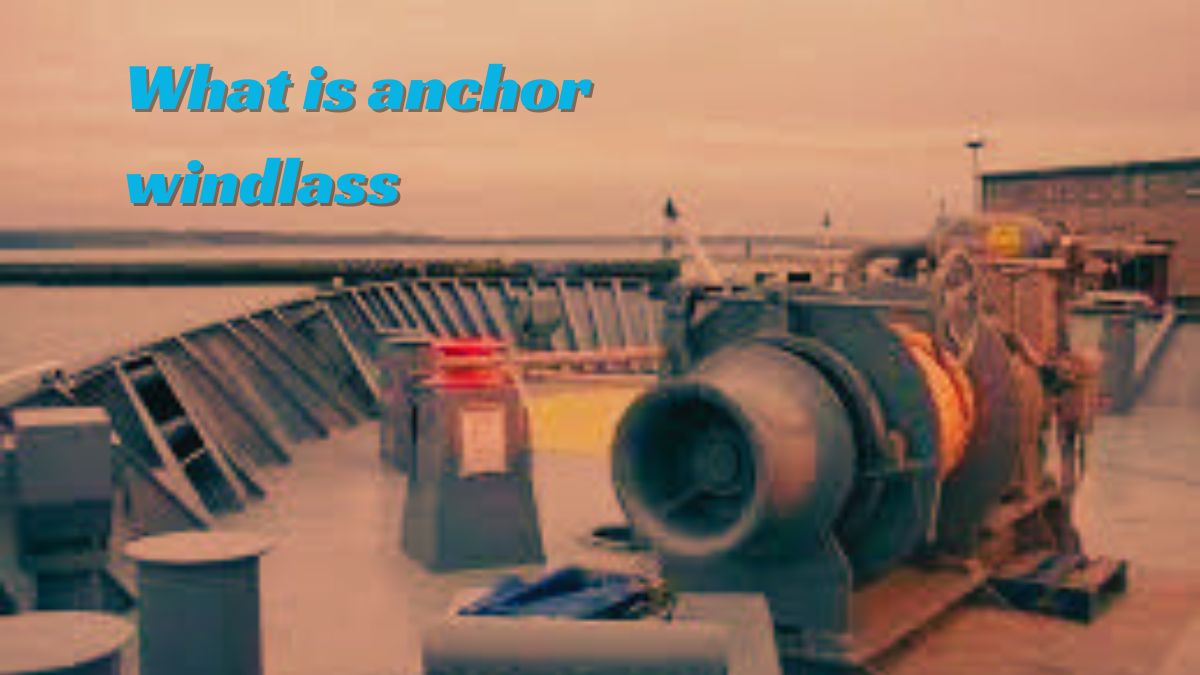

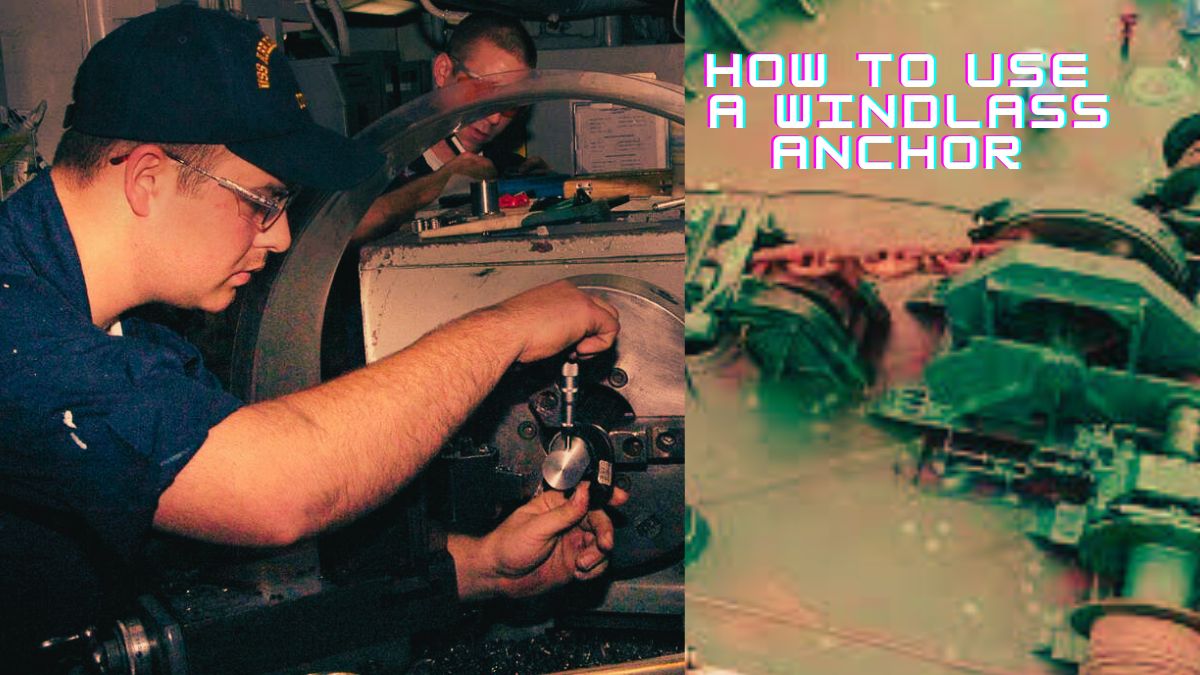
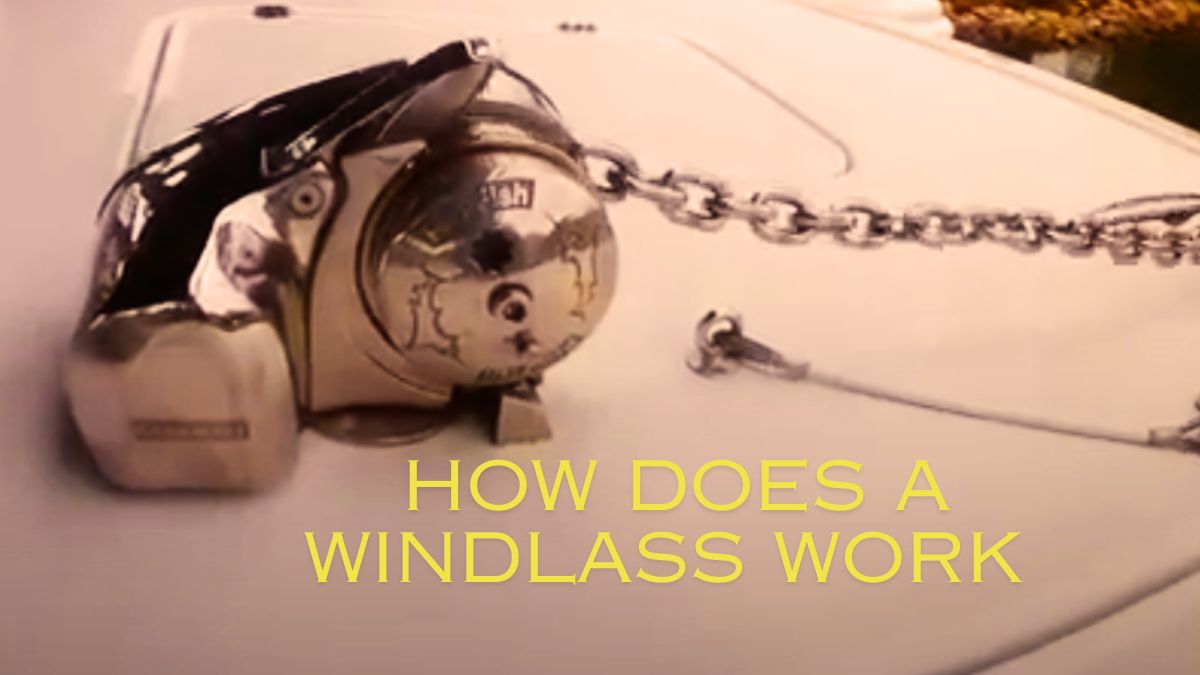

Leave a Reply